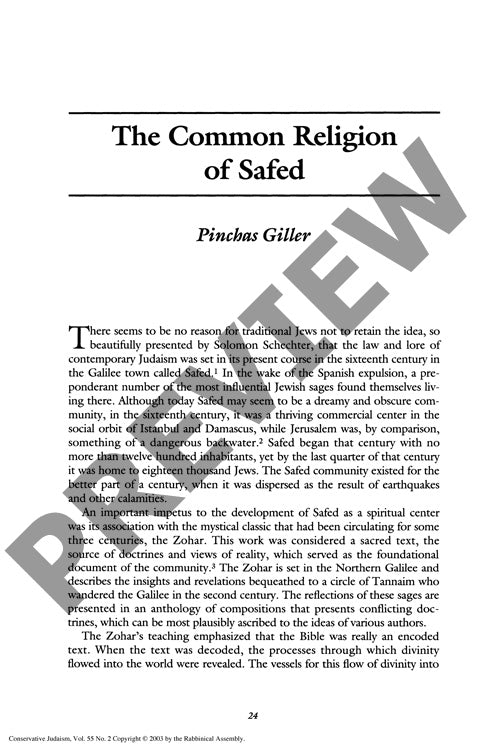The Common Religion of Safed
Couldn't load pickup availability
In sixteenth-century Safed, a remarkable unified mystical tradition emerged from the ashes of the Spanish expulsion, fundamentally reshaping Jewish theology and practice for centuries to come. Through the visionary work of sages like Moshe Cordovero and Isaac Luria, diverse mystical traditions centered on the Zohar coalesced into a coherent theological framework that would define subsequent Judaism. Analysis of primary kabbalistic sources, including Cordovero's *Pardes Rimmonim* and Lurianic teachings, reveals sophisticated doctrinal innovations regarding divine emanation through the *sefirot*, cosmological catastrophe, and soul reincarnation. The Safed kabbalists developed a comprehensive metaphysical system emphasizing the palpable flow of divinity into the world, the reality of ritual impurity as empirical force, and the soul's tripartite nature with possibilities for reincarnation and spiritual possession. This distinctive synthesis, forged in response to historical trauma and exile, established the theological foundations for all subsequent Jewish mysticism, creating a devotional framework that integrated law, ethics, and mystical practice into a unified religious vision that would influence Sabbatean and Hasidic movements while remaining relevant to contemporary traditional Judaism.

More Information
-
Physical Description
-
Publication Information
Published 2003
ISBN
-
Publication Credits
Pinchas Giller

